Monday, November 27, 2017
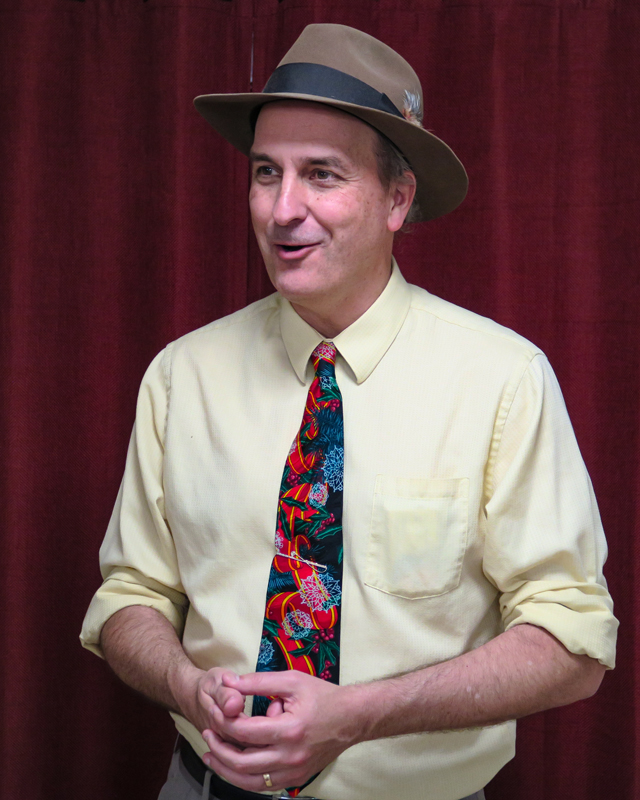
In 2016, Woody LaBounty won an ovation from a full house when he came to SHARP to present the history of Sunset Heights until the 1920s. He returned in 2017 and packed the house again, with an equally appreciative audience, as he charted the development of Sunset Heights to the present.
Again using historical images from the OpenSFHistory program, an archive whose expansion SHARP has supported financially, Woody showed how our neighborhood grew from an isolated, sparsely settled suburb of dairies, railway workers, and a chicken farm into a dense and vibrant San Francisco neighborhood.
The population of the Sunset grew from 15,000 in 1920, to 35,000 in 1930, to 48,000 in 1940, to 83,000 in 1950. As the numbers show, the Depression slowed but did not stop the growth rate, and World War II only increased it. The opening of the N-Judah, in 1928, helped spur development by better connecting the Sunset to downtown, but most of all it was the increasingly affordable automobile that transformed our neighborhood, like so many others. The car was so dominant that the MUNI railway lines survived only because their tunnels were too narrow to be converted into roads. God bless the hills of San Francisco.
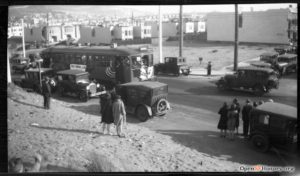
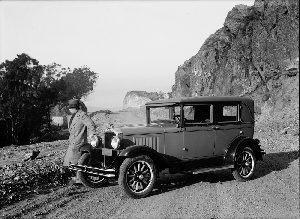
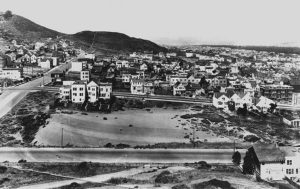
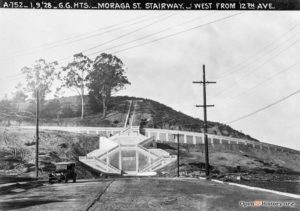
Builders such as Henry Doelger and the Gellert Brothers (who developed Forest Knolls on Mt. Sutro in the fifties) aggressively marketed their relatively affordable houses. But not everyone was welcome. In 1950, the population of the Sunset/Parkside was 85% white, 1% African-American. Though no longer legally enforceable, restrictive covenants encouraged homeowners not to sell to minorities. In 1963, a builder refused to sell a luxury home in Golden Gate Heights to Wilt Chamberlain, star of the San Francisco Warriors, because Chamberlain was black.
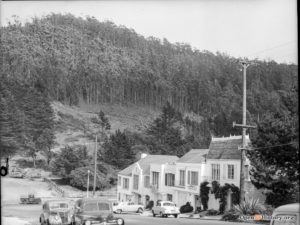
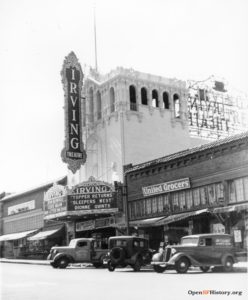
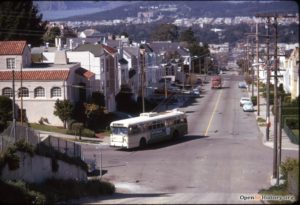
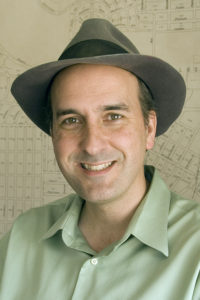
Few know more about the history of San Francisco’s west side than Woody LaBounty, and few can tell the story as engagingly as he can. He is an award-winning author, raconteur, and founder of the Western Neighborhoods Project, an ever-growing trove of information and images about the city, particularly the west side. A circus performer in his youth, Woody knows how to educate entertainingly. He presents history as it should be presented: with insight, relevance, and fun.